| Title | Danganronpa 2: Goodbye Despair |
| Released | July 26, 2012 (Original JP PSP) September 02, 2014 (NA Release) |
| Developer(s): | Spike Chunsoft Co., Ltd. |
| Publisher(s): | Spike Chunsoft Co., Ltd. (Windows, PC, Mac), NIS America, Inc. |
| Platform(s): | |
| Genre | Horror, Visual Novel, Adventure |
| Rating | M |
Completed on PC.
HowLongToBeat Time: 33.5hrs Main Story | My Clear Time: 25hrs Main Story
Background
Initially, there were no plans to create a sequel to Danganronpa, and the development team had dispersed to work on various other projects. Kazutaka Kodaka, the writer and creator of the series, was hesitant to embark on a new project with a different team. However, the discussions surrounding the novel Danganronpa Zero sparked new possibilities for continuing the series. Kodaka proposed the idea of a sequel to Yoshinori Terasawa, the series producer, and was given the green light to involve the original team.
About four months into writing Danganronpa Zero, Terasawa approached Kodaka with the suggestion of developing a sequel. Kodaka agreed, proposing that the sequel be developed concurrently with the novel. This approach allowed Kodaka to address and refine aspects of the first game that he felt needed improvement. Many elements and clues from Zero were woven into Danganronpa 2: Goodbye Despair, enriching the narrative and connections within the sequel. Kodaka has even recommended reading Danganronpa Zero before playing Goodbye Despair to fully grasp the intricate links and added depth it provides (Spike Chunsoft, Inc., 2020).
Danganronpa 2: Goodbye Despair, also known as Super Danganronpa 2 in Japan due to the team’s fondness for Nintendo branding, was released for the PlayStation Portable on July 26, 2012. It was later included in the Reload 1.2 compilation with enhanced graphics and additional content in 2013, and eventually made its way to all platforms by May 10, 2022.
The development team for Danganronpa 2: Goodbye Despair includes:
- Kazutaka Kodaka (Writer) – Known for Clock Tower 3, Danganronpa: Trigger Happy Havoc, Master Detective Archives: RainCode, Dragon Ball: Raging Blast
- Tatsuya Marutani (Director) – Known for Danganronpa: Trigger Happy Havoc, Dragon Ball Z: Budokai Tenkaichi, Dragon Ball Z: Budokai Tenkaichi 2
- Rui Komatsuzaki (Character Designer) – Known for Danganronpa: Trigger Happy Havoc, Fate/Grand Order, Master Detective Archives: RainCode
- Masafumi Takada (Composer) – Known for The Silver Case, God Hand, No More Heroes, Killer Is Dead, Killer 7
- Y?ichir? Sait?, Yoshinori Terasawa (Producers) – Known for Chobits, Batman: Gotham Knight, Granblue Fantasy: Versus, Last Order: Final Fantasy VII. Known for Danganronpa, Moonlight Syndrome, Zankai Zero
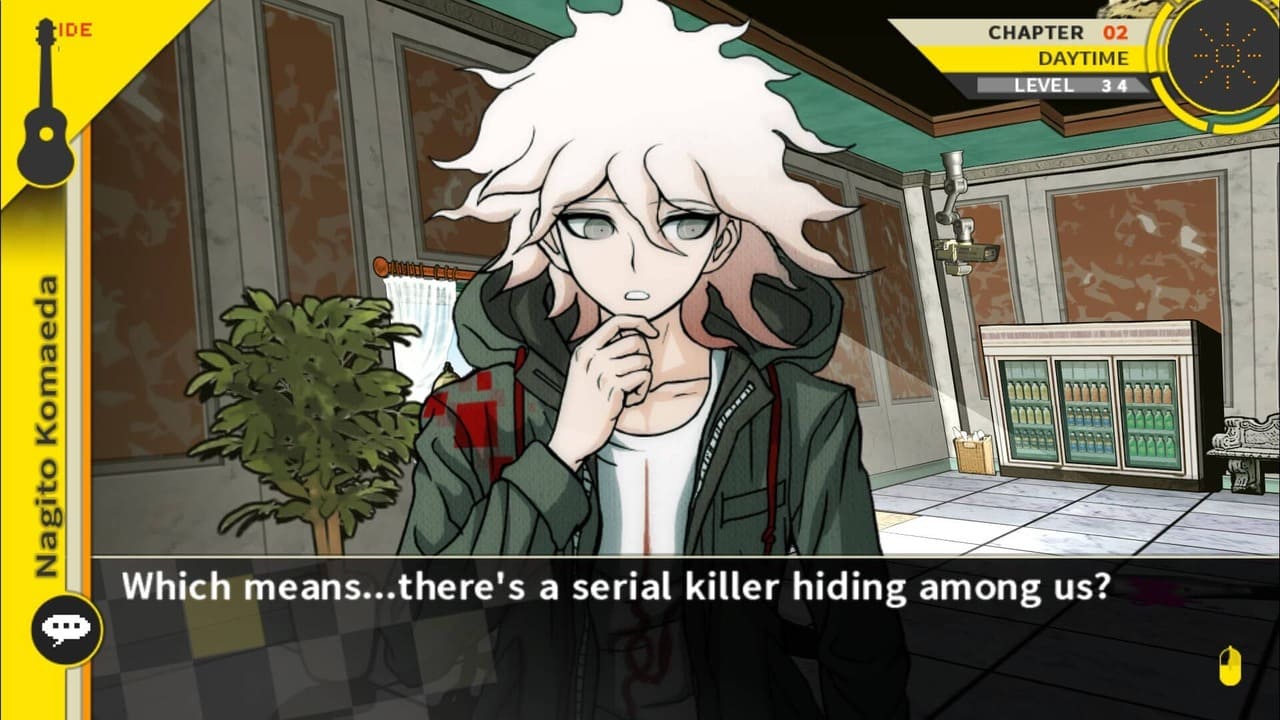
Experience
Before finishing Danganronpa 2: Goodbye Despair on December 18th last year, I had already completed the first Danganronpa and other visual novels like Fate/ Extra, Spirit Hunter: Death Mark, Spirit Hunter: NG, the AI: The Somnium Files series, and both Silver Case games. I’m familiar with Rui’s art from my time playing Fate/ Grand Order and know Masafumi Takada’s music from his frequent collaborations with Shinji Mikami and Suda51, whose games I’ve extensively played.
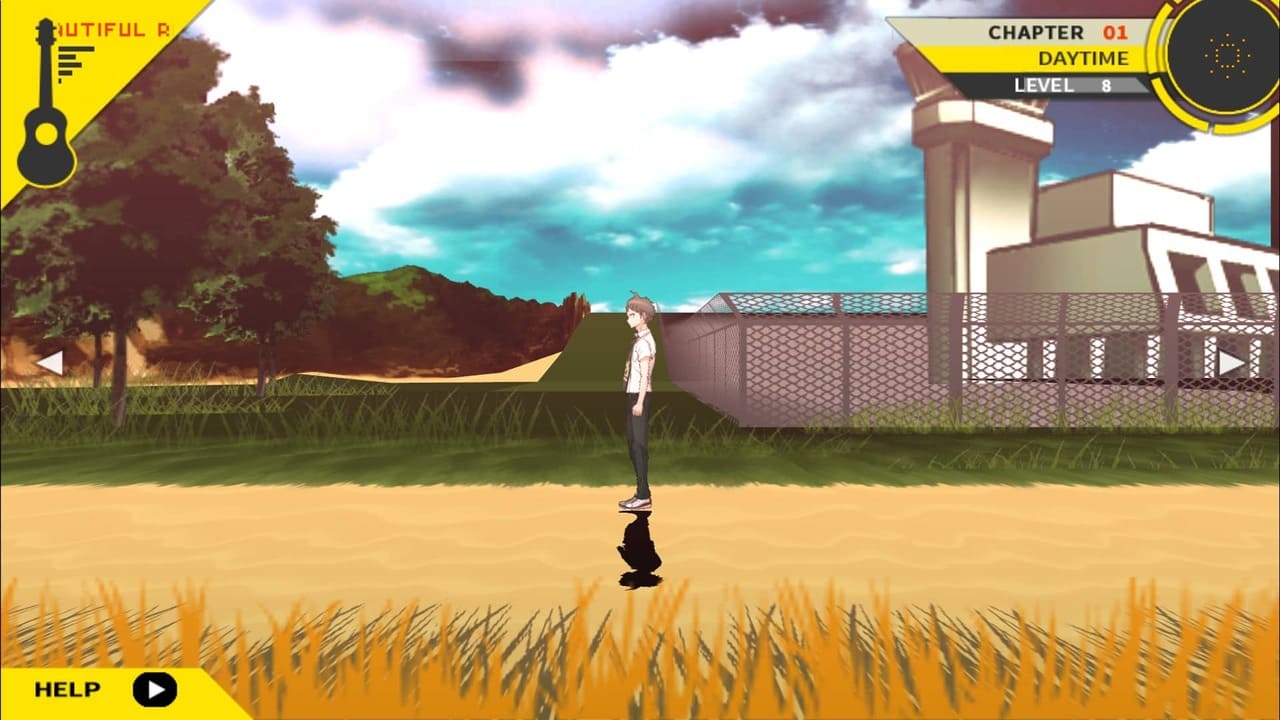
Impressions
Introduction
Danganronpa 2: Goodbye Despair begins with a compelling and mysterious premise, as the protagonist wakes up to the sound of ocean waves. This intriguing start leads into a narrative filled with unexpected twists and turns. The game’s increased budget is evident, with noticeably improved visuals and character designs compared to its predecessor. The influence of Suda51 is apparent, particularly with the integration of his Twilight Syndrome series into the game.
Gameplay and Mechanics
The gameplay in Goodbye Despair builds upon the familiar formula of the original Danganronpa. The phases of Daily Life, Deadly Life, and Class Trials are retained, offering a consistent experience for fans of the series. Daily Life now involves exploring the islands and interacting with characters, gaining skills that aid in the Class Trials.
The Deadly Life phase focuses on gathering clues after murders, with the design ensuring all truth bullets must be collected before advancing to the trials. A significant change is the switch from first-person dungeon RPG exploration to a 2D side-scrolling navigation style, which may appeal to different player preferences.
Character and Art Design
The character designs in Goodbye Despair are refined and distinct, showcasing a more polished visual style. Characters like Ibuki Mioda and Chiaki Nanami bring unique charm and personality to the game. While some characters’ exaggerated traits might be polarizing, they contribute to the game’s memorable and engaging cast. The return of Masafumi Takada’s impactful music and Rui Komatsuzaki’s iconic art style enhances the overall aesthetic, further immersing players in the game’s world.
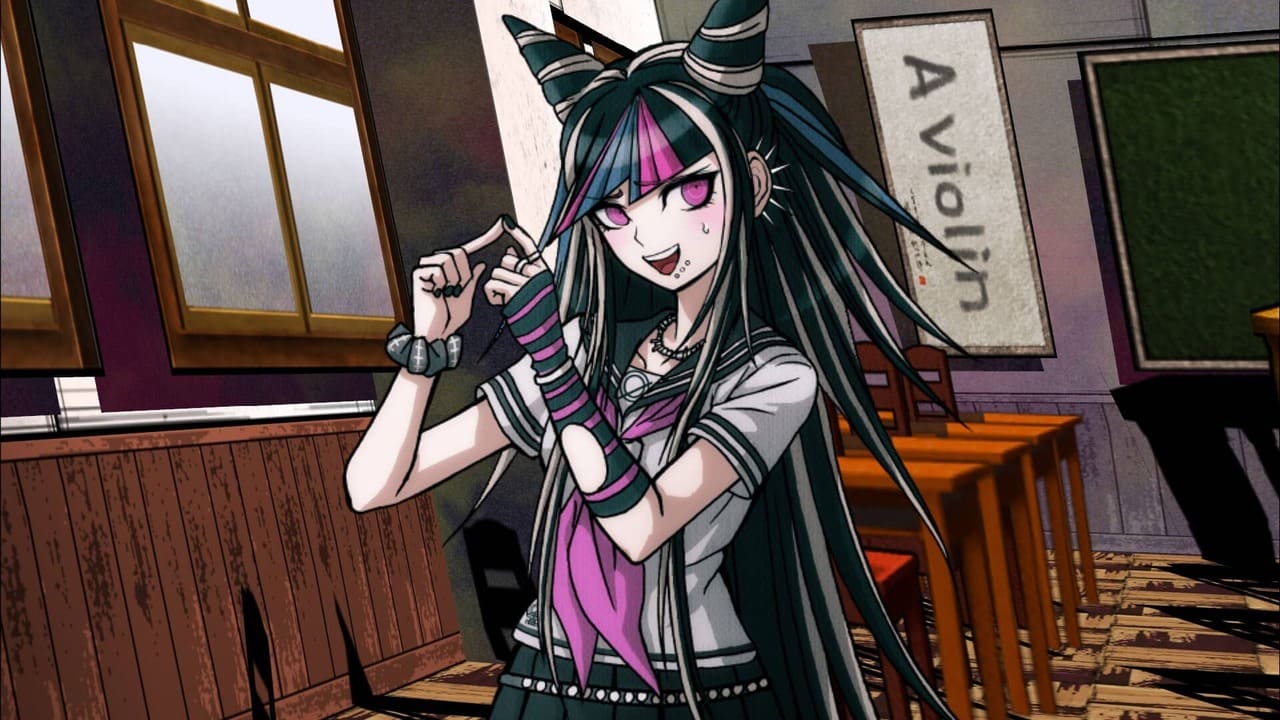
Unique Features and Mechanics
Danganronpa 2 introduces several innovative elements that set it apart. The game incorporates unique tools and devices, such as optical illusions, which add complexity to the murder cases. Noteworthy Easter eggs include Peko Pekoyama’s sailor uniform, a nod to Kotono Mitsuishi, the voice of Sailor Moon, and Ibuki Mioda’s sailor-themed design, coupled with her seiyuu Ami Koshimizu, known for Sailor Jupiter. These details add depth and create additional layers of connection for fans.
Seiyuu Performances
The seiyuu performances in Danganronpa 2 are exceptional, bringing depth and nuance to the characters. The seiyuus effectively convey the emotional range and personality of their roles, enhancing the overall experience of the game. Characters like Ibuki Mioda and Chiaki Nanami benefit from particularly strong performances, contributing to the game’s charm and immersive storytelling. The game’s characters are vividly portrayed by a talented cast of seiyuus, featuring some of my personal favorites from other games and anime:
- Minami Takayama (known for Conan Edogawa from Detective Conan, Pai Chan from Virtua Fighter, Mia from .hack, Kiki & Ursula from Kiki’s Delivery Service)
- Megumi Ogata (known for Ken Amada from Persona 3, Nagito Komaeda from Danganronpa 2, Makoto Naegi from Danganronpa, Shinji Ikari from Neon Genesis Evangelion)
- Ami Koshimizu (known for Ibuki Mioda from Danganronpa 2, Konohana Sakuya from Shin Megami Tensei V: Vengeance, Holo from Spice & Wolf, Ryuko Matoi from Kill La Kill)
- Kana Hanazawa (known for Mayuri Shiina from Steins;Gate, Plutia/Iris Heart from Neptunia, Sakyua from .hack, Ichika Nakano from Quintessential Quintuplets)
- Kotono Mitsuishi (known for Sailor Moon / Usagi Tsukino from Sailor Moon, Christe from Dead or Alive, Misato Katsuragi from Neon Genesis Evangelion)
- Tomokazu Sugita (known for Joseph Joestar from JoJos, Gintoki Sakata from Gintama, Shohei Yakumo from Shin Megami Tensei V: Vengeance, Yarei from Spice & Wolf)
- Romi Park (known for Edward Elric from Fullmetal Alchemist, Abdiel from Shin Megami Tensei V: Vengeance, Naoto Shirogane from Persona 4, Koichi Hirose from JoJos)
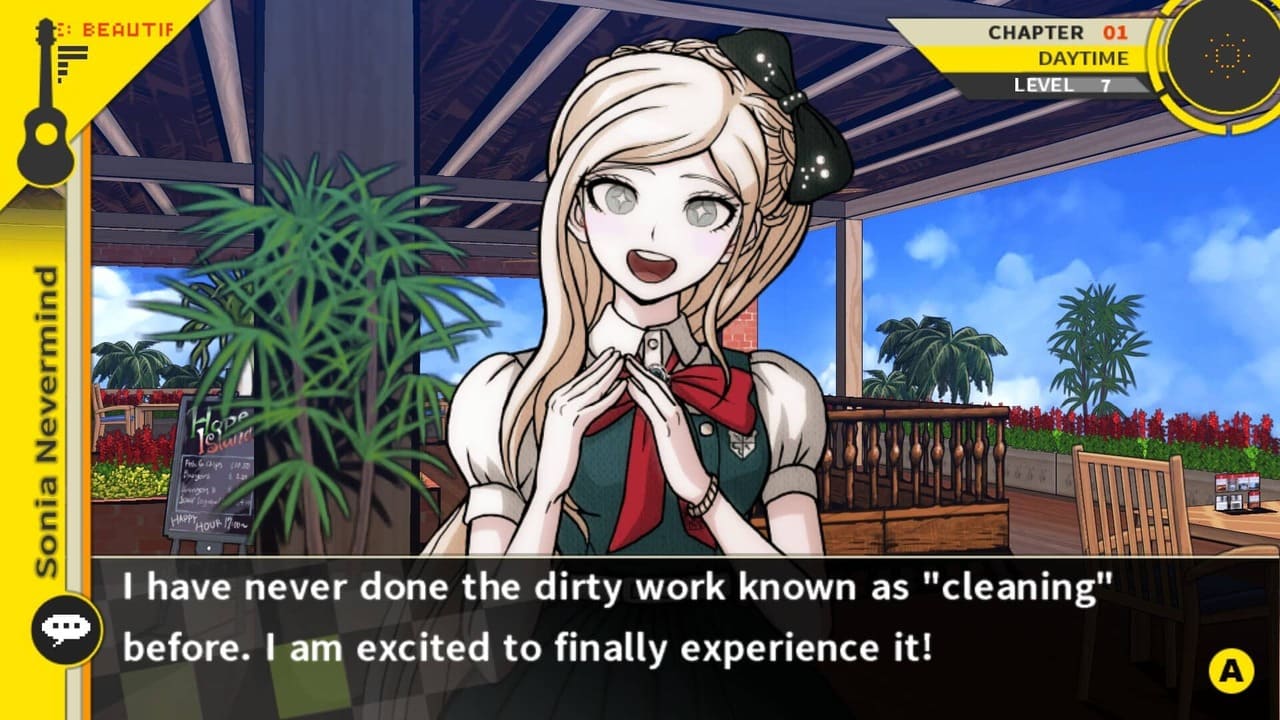
Verdict
Danganronpa 2: Goodbye Despair successfully builds on the foundation laid by its predecessor, offering an enriched and more immersive experience. The game showcases a more polished and visually engaging design, thanks to an increased budget and the influence of Suda51, which brings a unique flavor to the narrative. The shift to 2D navigation and the creative use of optical illusions in the murder cases provide a fresh and intriguing gameplay experience.
The enhanced character designs, along with the returning talents of Masafumi Takada and Rui Komatsuzaki, elevate the game’s presentation and atmosphere. Although some character portrayals, including Nagito’s role, may not resonate equally with all players, the overall improvements and innovative features make Goodbye Despair a compelling and memorable sequel. It stands as a significant entry in the visual novel genre, offering both new and returning fans a captivating journey filled with mystery and drama.
TLDR
Rating: 8.5/10
In Summary: Danganronpa 2: Goodbye Despair builds on its predecessor with a captivating premise and improved character designs, enhanced by Suda51’s influence and the playable inclusion of his series Twilight Syndrome. Characters like Ibuki Mioda and Chiaki Nanami bring unique charm, though their exaggerated traits may be polarizing.
The gameplay refines the original formula with engaging 2D exploration and inventive murder puzzles, although some players might find the shift in exploration style less appealing. Despite Nagito’s role potentially impacting the overall narrative, the game excels with its emotional storytelling, memorable cast, and strong presentation. Overall, it surpasses Trigger Happy Havoc and remains a must-play for visual novel fans.
References
- Spike Chunsoft, Inc. (2020, August 12). Danganronpa 10th Anniversary Special – Dangan TV: Hope Keeps on Going! 2nd Period. YouTube. https://www.youtube.com/watch?v=BZaPvl-gWKk&t=490s


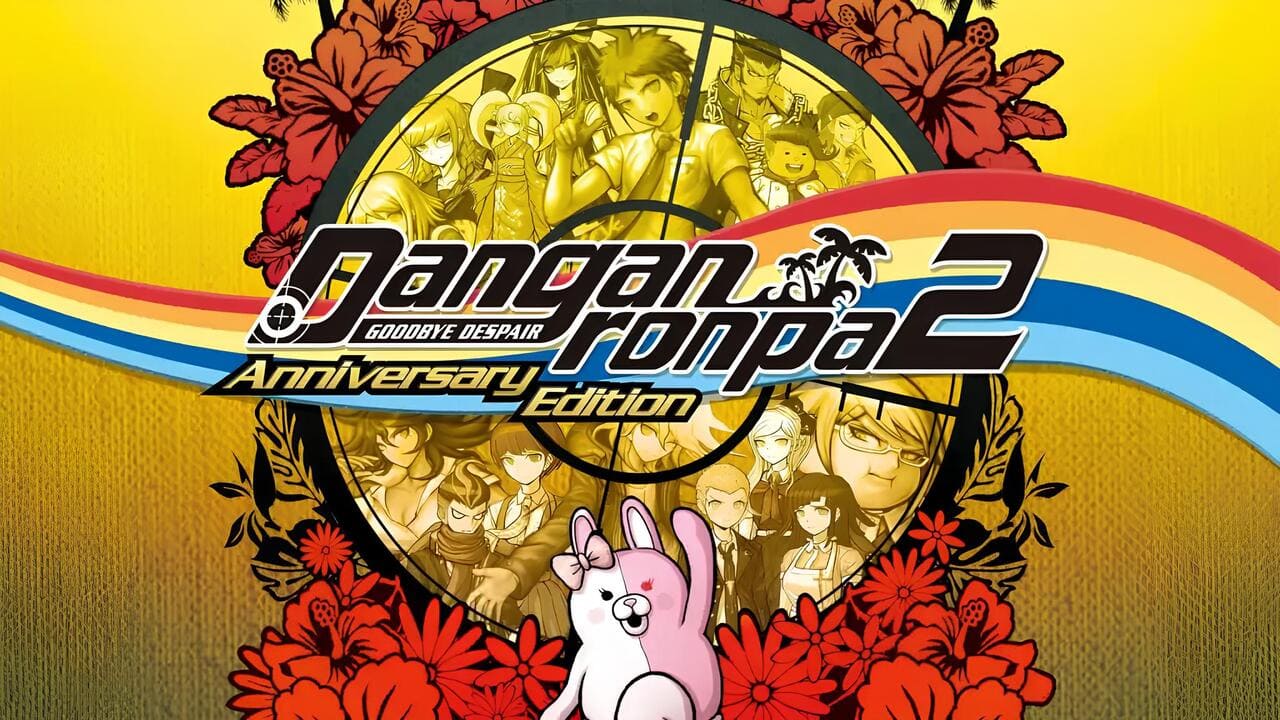
Leave a Reply